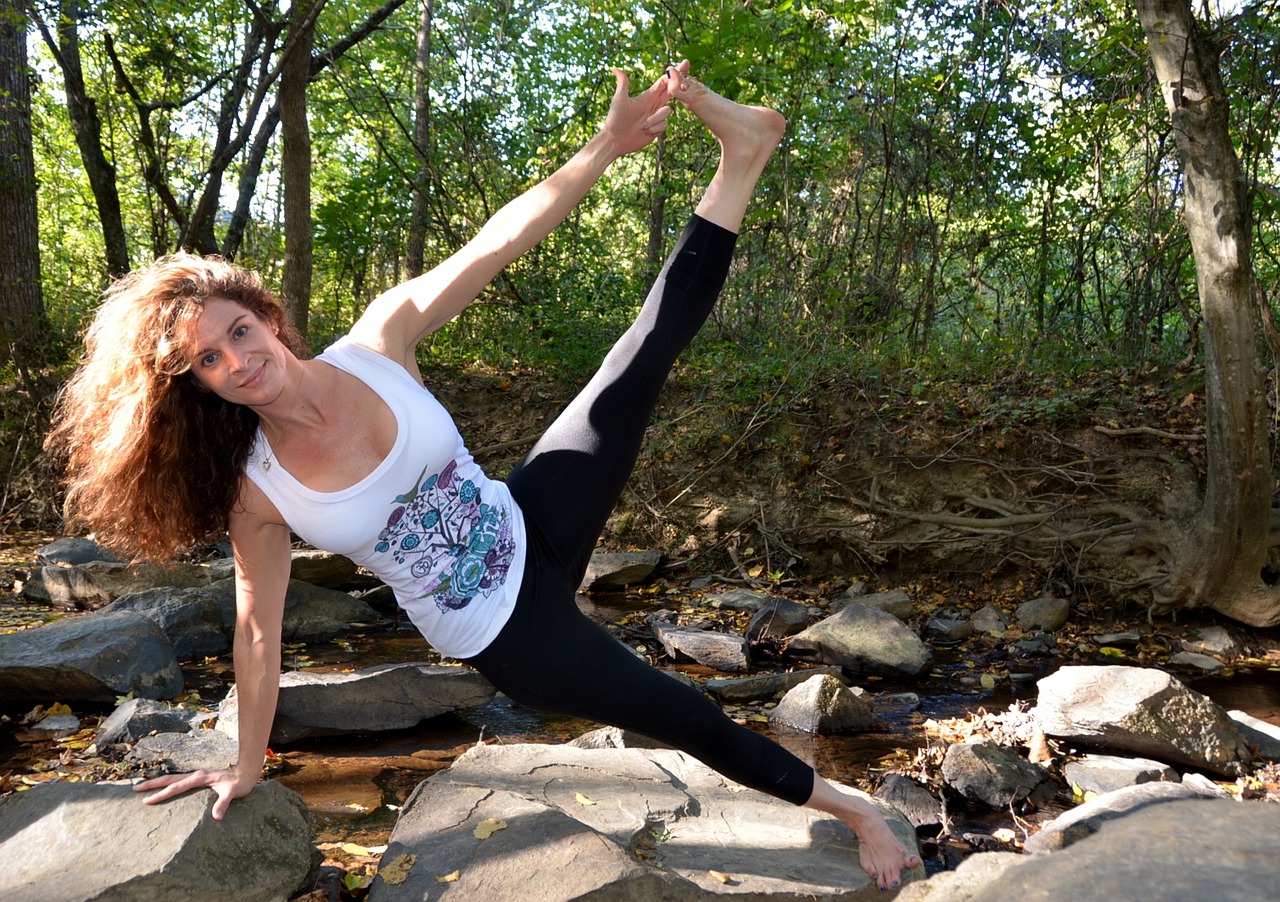The Potential of Virtual Reality in Phobia Treatment
Virtual reality technology has emerged as a promising tool in the treatment of phobias. By creating realistic simulations of feared environments or triggers, virtual reality therapy allows patients to gradually confront their fears in a controlled and immersive setting. This exposure therapy can help individuals build confidence and reduce their anxiety towards phobic stimuli.
The interactive nature of virtual reality experiences also enables therapists to tailor the treatment to each patient’s specific needs. Through customizable scenarios and adjustable levels of difficulty, virtual reality technology offers a flexible and personalized approach to phobia treatment. This individualized therapy can enhance the effectiveness of interventions and improve outcomes for individuals struggling with various phobias.
How Virtual Reality Can Replicate Real-life Phobia Triggers
Virtual reality (VR) technology has the unique capability to replicate real-life phobia triggers with remarkable accuracy. By immersing individuals in realistic virtual environments, VR can recreate the sights, sounds, and even sensations that elicit fear responses in individuals with phobias. This replication of real-life phobia triggers within a controlled virtual setting allows therapists to expose patients to their fears gradually and in a safe environment, facilitating the process of desensitization.
Moreover, the ability of VR to replicate real-life phobia triggers is crucial in tailoring exposure therapy to each individual’s specific phobia. Whether it be a fear of heights, spiders, public speaking, or flying, VR technology can generate scenarios that closely resemble the actual triggers while providing a sense of control and safety for the patient. This tailored approach enables therapists to customize treatment plans according to the unique triggers and severity levels of phobias, ultimately increasing the effectiveness of exposure therapy in VR settings.
• Virtual reality technology can replicate real-life phobia triggers with remarkable accuracy
• VR immerses individuals in realistic virtual environments to recreate sights, sounds, and sensations that elicit fear responses
• Exposure to fears in a controlled virtual setting facilitates desensitization process
• VR allows therapists to tailor exposure therapy to individual’s specific phobia triggers
• Tailored approach increases effectiveness of exposure therapy in VR settings
The Role of Immersion in Virtual Reality Therapy for Phobias
Phobia treatment through virtual reality therapy is increasingly gaining recognition for its effectiveness in exposing individuals to simulated environments reflective of their fears. By immersing patients in realistic settings, virtual reality technology can replicate phobia triggers with a high level of detail and accuracy. This immersive experience allows individuals to confront their fears in a controlled and safe space, facilitating gradual desensitization and therapeutic progress.
The level of immersion in virtual reality therapy plays a crucial role in the success of phobia treatment. Through the use of advanced graphics, sound effects, and interactive elements, virtual reality can create a sense of presence that enhances the emotional and psychological impact of exposure therapy. This heightened immersion enables patients to engage more deeply with the virtual environment, increasing the effectiveness of the treatment in addressing phobias and anxiety disorders.
How does virtual reality technology help in treating phobias?
Virtual reality technology provides a safe and controlled environment for individuals to confront their fears in a gradual and systematic way, helping them overcome their phobias.
Can virtual reality replicate real-life phobia triggers effectively?
Yes, virtual reality can replicate real-life phobia triggers with high levels of accuracy, creating a sense of presence and immersion for the individual undergoing therapy.
What is the role of immersion in virtual reality therapy for phobias?
Immersion in virtual reality therapy refers to the feeling of being fully present in the simulated environment, which enhances the effectiveness of exposure therapy and helps individuals confront their fears more effectively.
Are there any potential drawbacks to using virtual reality therapy for phobias?
While virtual reality therapy has shown promising results in treating phobias, some individuals may experience symptoms of simulator sickness or discomfort during the treatment sessions. It is important for therapists to monitor and address these issues to ensure the success of the therapy.







